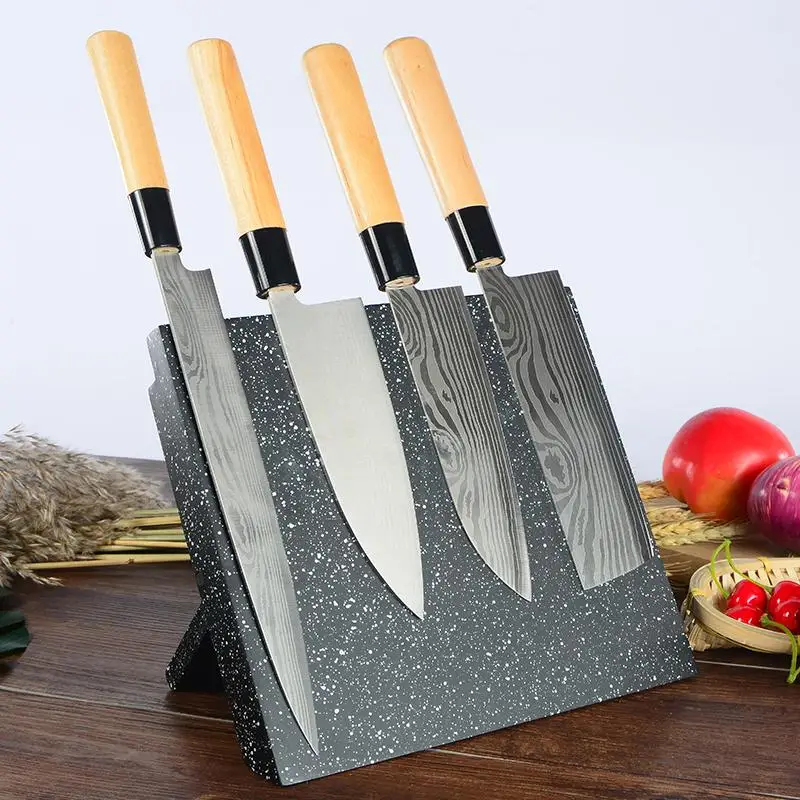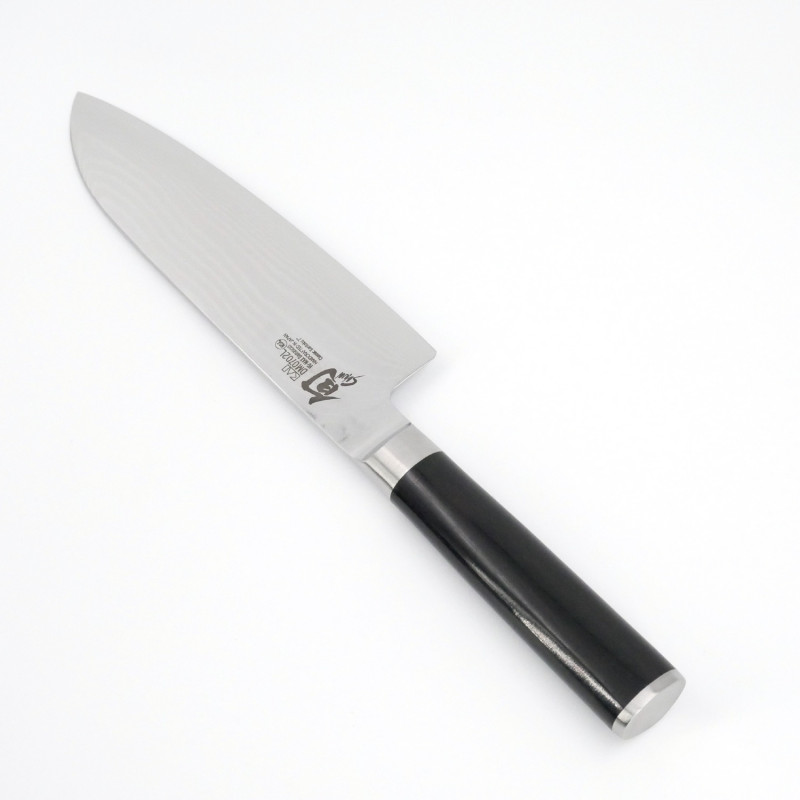 Introduction:
Introduction:
The kitchen sink is an essential fixture that serves as a central work area for food preparation, dishwashing, and cleaning in the kitchen. It is available in various materials, sizes, shapes, and types to suit different needs and style preferences. In this comprehensive guide, we will explore the materials commonly used in kitchen sinks, the available sizes and shapes, different types of sinks, and the installation process. By understanding these aspects, you can make an informed decision when choosing a kitchen sink that suits your specific requirements.
 Materials Used in Kitchen Sinks
Materials Used in Kitchen Sinks
Stainless Steel:
Stainless steel is the most common and popular material used in kitchen sinks.
It is durable, resistant to corrosion and stains, and offers a modern and versatile aesthetic.
Composite:
Composite sinks are made from a mixture of materials, such as quartz, granite, or acrylic, bonded together with resins.
They are durable, heat-resistant, and come in a variety of colors and finishes.
Fireclay:
Fireclay sinks are made from clay that is fired at high temperatures, resulting in a durable and elegant finished product.
They have a smooth and glossy surface and provide a classic and timeless look for the kitchen.
Sizes and Shapes of Kitchen Sinks
Standard Sizes:
Standard kitchen sinks are typically available in sizes ranging from 22 to 33 inches in length.
The depth of the sink usually ranges from 8 to 10 inches.
Large and Small Sizes:
Large-sized kitchen sinks offer more workspace and can accommodate larger pots and pans.
Small-sized kitchen sinks are ideal for compact kitchens or as secondary sinks.
Different Shapes:
The most common shapes for kitchen sinks are rectangular, square, and round.
The shape of the sink can impact its overall aesthetics and functionality.
 Types of Kitchen Sinks
Types of Kitchen Sinks
Top-Mount or Drop-In Sinks:
Top-mount or drop-in sinks are installed by dropping the sink into a pre-cut hole in the countertop.
They have a visible rim that rests on the countertop surface.
Undermount Sinks:
Undermount sinks are installed underneath the countertop, providing a seamless and clean look.
They are fixed to the underside of the countertop for a sleek appearance.
Farmhouse or Apron-Front Sinks:
Farmhouse sinks, also known as apron-front sinks, have a front-facing panel that extends beyond the surrounding cabinetry.
They provide a traditional and rustic look for the kitchen.
Installation of Kitchen Sinks
Preparing the Countertop:
Measure and mark the dimensions of the sink cutout on the countertop, following the manufacturer’s instructions.
Use a jigsaw or appropriate tools to cut the opening for the sink.
Placing the Sink:
Apply a thin bead of silicone caulk or adhesive around the perimeter of the sink opening.
Carefully lower the sink into the cutout and press it firmly against the countertop.
Securing the Sink:
Depending on the sink type, secure the sink to the countertop using clips, brackets, or mounting hardware provided by the manufacturer.
Ensure the sink is level and properly aligned before tightening the mounting hardware.
 Here are general steps to guide you through the process of replacing a kitchen sink:
Here are general steps to guide you through the process of replacing a kitchen sink:
Replacing a kitchen sink can be a significant project, but with proper planning and preparation, it can be done successfully. Here are general steps to guide you through the process of replacing a kitchen sink:
Gather the necessary tools and materials:
Before starting the replacement, make sure you have all the tools and materials you will need, including a new sink, plumber’s tape, a wrench, a screwdriver, a bucket, and a silicone sealant.
Turn off the water supply:
Locate the shut-off valves under the sink and turn them off to cut off the water supply. If there are no shut-off valves, you may need to shut off the main water supply to the house.
Disconnect the plumbing connections:
Use a wrench or pliers to loosen and disconnect the water supply lines and drain plumbing connections that are connected to the current sink. Place a bucket underneath to catch any water that may spill.
Remove the old sink:
Once all connections are detached, carefully lift the old sink out of the countertop. If the sink is held in place with clips or brackets, loosen them to release the sink.
Prepare the new sink:
Check the new sink to ensure that it fits properly in the countertop opening. If necessary, adjust the size of the opening by trimming the countertop. Follow the manufacturer’s instructions for any additional preparation required for the specific type of sink you have.
Apply a silicone sealant:
Apply a bead of silicone sealant around the perimeter of the sink cutout on the underside of the countertop. This will provide a waterproof seal when the new sink is installed.
Install the new sink:
Carefully lower the new sink into the countertop opening, aligning it properly. Press down firmly to secure the sink to the silicone sealant. If the sink came with clips or brackets, secure them in place according to the manufacturer’s instructions.
Reconnect the plumbing:
Reconnect the water supply lines and drain plumbing connections to the new sink. Ensure that all connections are securely tightened and do not leak.
Turn on the water supply:
Once all connections are in place and checked for leaks, turn the water supply back on and check for any leaks at the connections. If any leaks are detected, tighten the connections further or replace any faulty components.
Test the sink:
Turn on the faucet and check for proper water flow and drainage. Ensure that all components of the sink are functioning correctly.
Remember, these steps are general guidelines, and the specific process may vary depending on the type of sink you’re installing. If you’re unsure or uncomfortable with the process, it’s always a good idea to consult a professional plumber for assistance.
 Conclusion:
Conclusion:
The kitchen sink serves as a functional and essential component in any kitchen, facilitating food preparation, dishwashing, and cleaning tasks. Whether you prefer the durability and versatility of stainless steel, the elegance of composite or fireclay, or the unique design of a farmhouse sink, there is a wide range of options to suit your style and functional needs. Invest in a high-quality kitchen sink that complements your kitchen décor and enhances your culinary experience.



